Zone Mortalis, commonly referred to as ZM, is the most common way to play smaller games of 30k. It was a hugely popular part way to play 1st edition 30k, and a strange omission from the new Age of Darkness rulebook, but it hasn’t taken long for it to be reborn – White Dwarf 477, releasing alongside the Age of Darkness box set, features rules for ZM in the new edition. While these rules do include recommended table sized for games of up to 3,000 points, ZM is usually played at between 1,000 and 1,500 points – and functions well even in smaller games.
What is Zone Mortalis?
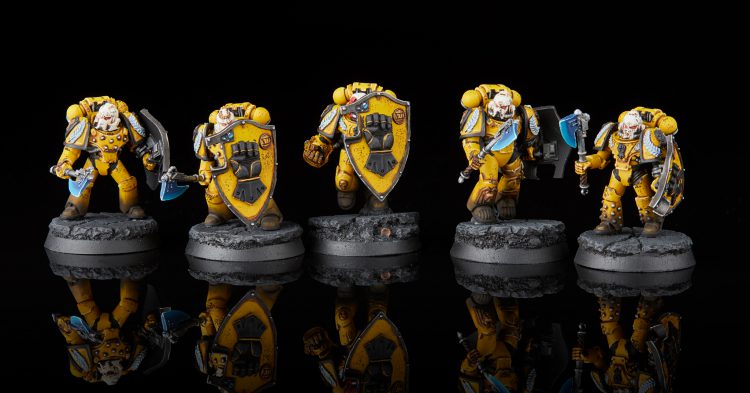
In contrast with the ruined cities, manufacturing centers, desert plains, and other larger battlefields used in 30k, Zone Mortalis is played in a dense warren of tunnels, hallways, and rooms, representing a fight in the underhive, an underground bunker, or a boarding action on a spaceship. The popularity of ZM has led to a wide variety of terrain being produced for it beyond just GW’s offerings (which were released as part of Necromunda and are fantastic). If you can find them, the old cardstock Necromunda tiles are a great introduction to Zone Mortalis, as with a bit of mental abstraction their walls work perfectly and are very easy to move models around on. In addition, many manufacturers of MDF terrain make sets, including Iron Labyrinth from TTCombat and Deadbolt’s Derelict from Death Ray Designs (which I’ve played on and found to be great). STLs are also available for 3d printer owners, but to my understanding it takes a very long time to print a full board.
Building Armies in Zone Mortalis
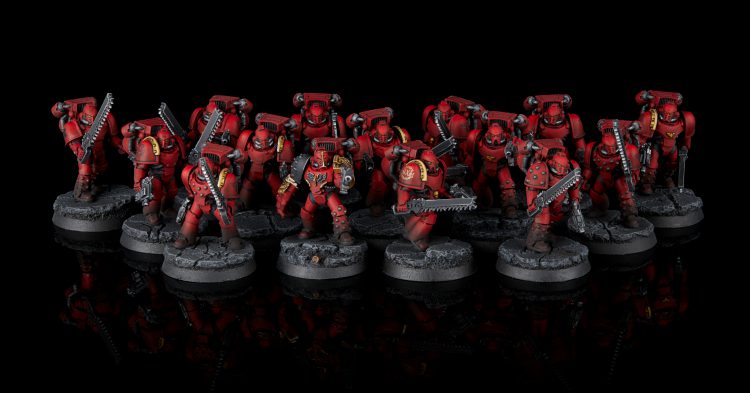
Zone Mortalis has some additional restrictions to army lists that reflect the cramped confines and smaller games typically played with these rules. Squads are limited to a starting maximum of 15 models, though that doesn’t prevent things like independent characters from joining them and putting them above the limit. Dedicated Transports, Vehicles, models with 7 or more wounds, or units with the Antigrav sub-type are all banned from your army. This means you can bring a Contemptor or Deredeo, but no Leviathans. There’s also an alternate Force Organization Chart that cuts back on the number of units you can take, particularly Fast Attack and Heavy Support, while also only requiring one compulsory Troops choice. Unlike with the standard Force Organization Chart you can’t bring an Allied Detachment, so your whole army is going to be from a single legion.
The Zone Mortalis Battlefield
The terrain in ZM is the big difference between it and a normal game. The official recommendation for 30k is to fill between a quarter and a third of the board with terrain before spreading it out – Zone Mortalis is closer to 50 or 60%, and instead of being a few big pieces it covers the entire board, reducing firing lines to point blank range and making blast weapons extra deadly.
With most ZM games representing an interior, an optional rule has been added to reflect the presence of a ceiling. I’d expect that this ends up getting used in most games, as it’s one of the bigger differences between ZM and a regular game, limiting movement to avoid going over anything, and changing how blast and template weapons function. To fill out the board there are rules covering the use of doors, Hazardous Terrain, and ladders. At the start of the game access points on each board edge must be decided on; these are the only spots that reinforcements will be able to enter the battle from. Interestingly there are not a lot of restrictions on selecting the access points. You have to select at least one per board edge, but can select as many as you want – and each one you select is an entire room/corridor or door on the battlefield edge. Basically, anything but a wall. In my testing there are pros and cons to selecting the entire edge as an access point. While it meant my reinforcements could come in wherever they’re most useful, it also means that I had very direct fall back lines to those edges – not great if you start losing combats! Overall I think GW should probably add some restrictions to how many you can take, just to add another bit of tactical decision making.
Playing Games in Zone Mortalis
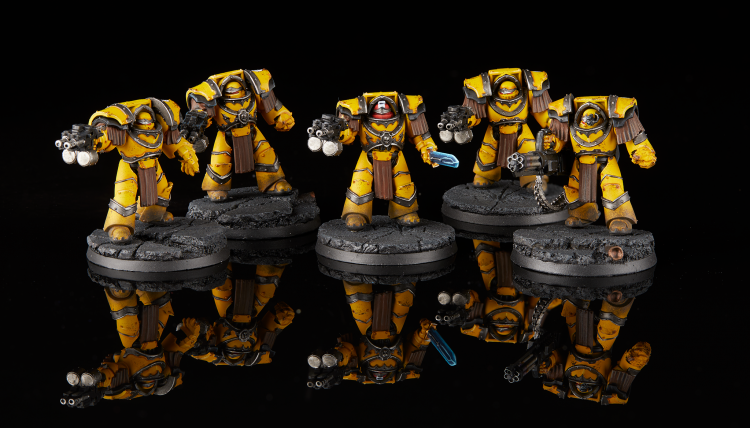
Beyond just some restrictions on army building and new terrain features, Zone Mortalis changes how you interact with objectives, what Reactions you can make, how some weapons work, arrival of reserves, and the deadliness of melee combat.
Prior to the rules releasing, some players had experimented with a kind of hacked-together ZM based on the old version, and found that Reactions were incredibly strong. The White Dwarf rules solve this problem by outright banning the core rulebook reactions; instead of the standard Reactions or legion specific Advanced Reactions, ZM has a set of three choices that all armies will have access to, all flavorful for the close-range brawls found in this environment. In the movement phase, a suppression reaction lets you take snapshots at someone moving too close, while in the shooting phase you can try to slip back behind a corner when you get shot at. It won’t be a long move, but it could keep a couple of models alive, or even save the whole unit if an angle is tight enough. Finally, you can brace for a charge in the assault phase, potentially keeping you from getting swept off the board after a tough combat.
Two of the biggest changes are to how blast and template weapons work. The first, and simplest, takes place in all games of ZM – your blast and template weapons gain +1 to wound. In close confines it’s easier to bring flamers to bear, and they’ll usually be pushing wounds through on a 3 instead of a 4. The second half of this change only takes place in battlefields with a ceiling (though that’s likely to be most games). Blast templates stop when they hit the walls rather than continuing to move through, so shooting at a unit in a confined hall is virtually guaranteed to take out a chunk of the enemy.
Losing combat in melee is also far more dangerous, with the victorious side sweeping advancing at a +1. Assuming you aren’t just swept off the table, you’ll flee directly away from the enemy before moving towards the nearest access point. Hopefully that flight won’t take you past any friendly units, as if a unit that’s falling back gets too close to another friendly unit that unit needs to take a morale check.
Putting it all together

Close range combat is the king of ZM. Whether through template weapons or a melee brawl, you’re going to be up close and personal with your opponent. Terminators, unsurprisingly, are one of the stronger units in this environment – and there’s interesting tension between Cataphractii and Tartaros varieties. On one hand, you’ve got the brick that is Cataphractii. Being the Heavy sub-type, Cataphractii will be rerolling armor saves against those deadly blast weapons or taking them on a 4+ invulnerable save if they can’t. On the other hand, Tartaros Terminators move faster and can sweeping advance. Better for all out aggression, but is that enough or will they bounce off something tougher than them?
White Dwarf includes one mission, presumably with more to come when they expand these rules in a future publication. In it both the attacker and defender divide their forces into Spearhead and Reserve (one starts on the table, one comes in later), deploy in different quarters of the battlefield, and fight for control over three objectives, one in each quarter the attacker didn’t start in. I think overall it’s a decent mission, though it definitely favors the defender, as you score points for each objective you hold at the start of your turn. Barring any special victory points that your army can generate, these will be the vast majority of your VP – you score a maximum of 3 others assuming you kill a primarch and more enemy units than you lost. The defender gets to start with one of their units already holding an objective, so is up 1 point on the attacker from the get-go. I’m not a huge fan of this, though one simple tweak to mitigate it would be to allow the attacker to place that objective – they could decide to put it somewhere that holding it puts a defending unit in a vulnerable position, or somewhere that the holding unit won’t contribute to the battle in any other way.
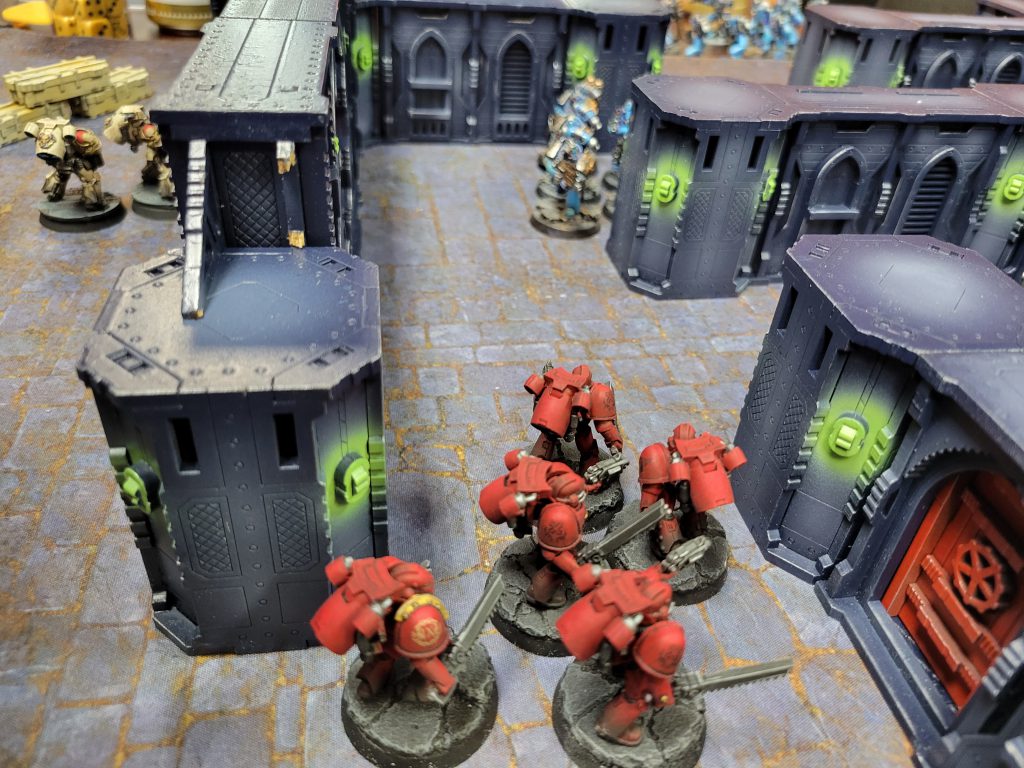
I tested out this mission running my Blood Angels against a friend’s Alpha Legion. We played 1,000 points on a 4×4 board, which was probably a little large – we ended up completely ignoring a big part of the board because we just didn’t have enough units to cover it. My list was fairly traditional Blood Angels, focusing mainly on jump infantry and melee, while Matt’s Alpha Legion was full of headhunter squads backed up by a Deredeo.
Jack's Army
Matt's Army
Matt was the defender, so got to set up first – though only had to place the Deredeo, as the other parts of his spearhead force infiltrated after I deployed. I failed to seize, which was basically the end for me. His Headhunters had been able to set up such that they could immediate walk into line of sight on me, at which point the relentless multimeltas and combi plasma, plus Precision Shots, meant that I immediately lost the sergeants for my Assault Marines and Angel’s Tears, and had the assaults immediately start fleeing. Having a plan to deal with this is something I think will play a big part in success in ZM games. For me, that means making sure I have at least one augury scanner so I can push the infiltrators a little further away from my key units.

Following this, I got lucky and had all my reinforcements come in on turn two – however they mostly stood around ineffectively as they’re assault units and you can’t charge out of reserves. As you can’t deep strike in ZM, this leaves Flanking Assault to bring melee reserves in (though you obviously can’t use that on just anything you want). In the future when dividing my forces I’ll be sure to have my assault units start on the board, while shooting units come in from reserves later.

One of my other big takeaways is the necessity of Line units. I was running 2, and lost almost all of one the first turn, with my second not being tremendously mobile. As an attacker, this made it very hard for me to actually get to any objectives, especially as in ZM you need to actually be in base-to-base contact to capture it. Future lists of mine are likely swapping at least one elite unit out for more line units, whether that be Tacticals or Assaults (or Breachers, Breachers are very good). This is also a great reason to take Pride of the Legion as a Rite of War. The restrictions aren’t bad in ZM games, and having Terminators with Line gives you the ability to combine your elite offensive units with the ability to score.
Conclusion
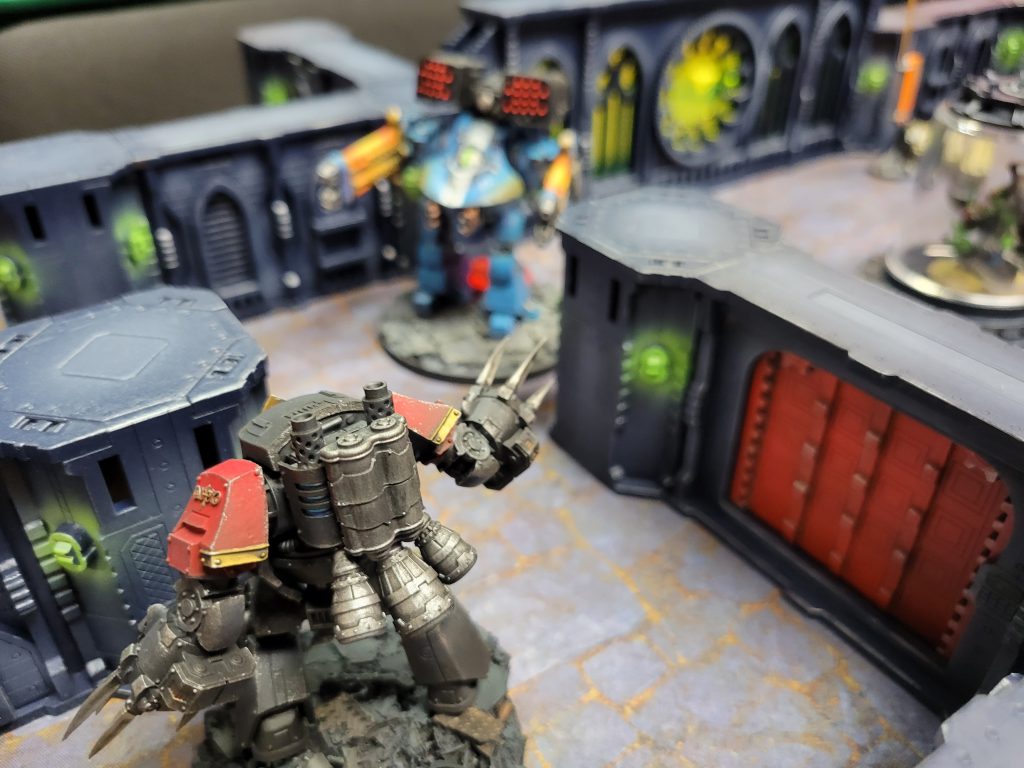
Overall, I am very happy with these rules. Outside of tweaking access points there aren’t any substantial changes I’d make. I’m a bit less enthused about the one mission we have, as it’s a bit imbalanced and will likely get stale. Fortunately, small ZM games are over quickly, so you can swap around attacker/defender and try again. I’d also expect that missions from the first edition of Horus Heresy get updated for these rules quickly; I don’t think they’ll take substantial work to get done.
ZM is definitely going to be one of the best ways to get started in Horus Heresy and I can’t wait to play some more games myself.


